What Is GST Refund & How to Get It
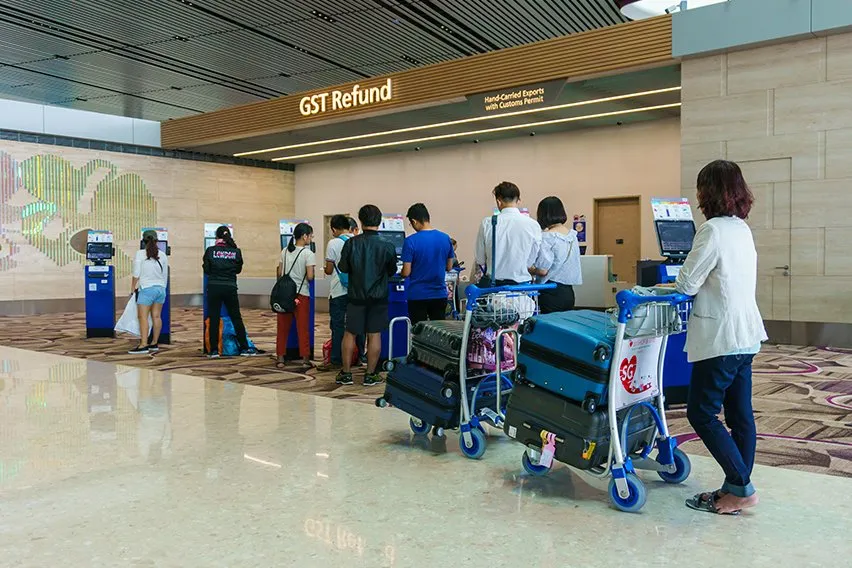
As a small business owner, paying taxes can be a relatively high expense. However, in certain cases, you may be able to get a refund on those taxes paid. If you’re running a business in Canada and you’re paying the general sales tax (GST), you might be in luck. In this article, we’ll be looking at the GST refund and who can get it, providing insights into how small businesses can navigate the process of how to pay taxes in Canada. Read on to find out more!
Here’s What We’ll Cover:
What is the GST Refund?
The GST refund refers to a number of different GST credits or rebates. They apply to both the goods and services tax (GST), as well as the harmonized sales tax (HST). The Canada Revenue Agency (CRA) issues GST refunds. This government agency is responsible for collecting taxes from businesses, as well as refunding them.
If you’re a sole proprietor or self-employed individual, you’ll report your business earnings on your form T1. You’ll submit these general income tax returns to the CRA. When it receives this information, it will determine if you fall under the credit income threshold. Bear in mind that you’ll need to file a tax return in order to receive the credit.
When reviewing your tax documentation, you may find a time when you qualified for the refund. If you never received it, the CRA will accept refund claims up to 3 years later. This means that you could still receive your payment retroactively. A great accounting software program could help you find this information! Be sure to review your information thoroughly when filing tax returns.

What is GST?
GST stands for goods and services tax. Technically, it’s a value-added tax. As such, it’s a consumption tax. That means that it gets paid for by consumers when they make a purchase. Depending on which province you’re in, you may be paying GST or HST. HST stands for harmonized sales tax. It is a combination of provincial and federal taxes. Only 5 provinces currently participate in HST. Understanding what taxes you’re responsible for, and who should be collecting them, is important. You can learn more here on the CRA website.
Who is Eligible for the GST Refund?
When filing for a GST refund, there are a few criteria that you’ll need to meet. First, Canadian residents who are 19 years or older are eligible for a refund. You also must earn less than the income threshold. Because the income threshold is provincial, it is important that you review the CRA website to make sure you meet all required conditions.
When Do GST Refunds Get Issued?
If you’re expecting a refund, you can expect the credits to get issued on one of the following dates:
- July 5
- October 5
- January 5
- April 5
If you’re receiving a refund, you can expect it by bank cheque, or direct deposit. It depends on whether or not the CRA has your bank details on file.
These refunds get sent to certain residents based on the taxes they’ve paid. They are a quarterly payment, and they are determined every quarter. New residents can qualify, but they will need to file an additional form.
The GST Input Tax Credits for Small Businesses
Small business owners qualify for a different form of tax refund from the CRA. We refer to this as the GST input tax credit. Input tax credits are interchangeable with input tax refunds. However, rather than being a full refund, they’re a tax credit, which lowers the amount of taxes a business pays. It gets based on the GST/HST that you pay on business expenses.
If you plan on claiming the GST input tax credit, your business must have a GST/HST account with the CRA. When you have an account with the CRA, you must also charge GST/HST on your goods or services. Your business incurs many expenses. These expenses or purchases are likely for using, consuming, and supplying needs for your business. These business activities may qualify for a tax credit.

What You Need to Claim the Input Tax Credit
To claim the input tax credit, you’ll need documentation. This documentation, typically made up of receipts and invoices, serves as proof required for your business’s input tax credit claim. Receipts will show the CRA how much you’ve paid in GST/HST. Invoices will show them how much you’ve collected and charged for GST/HST.
When you’re claiming the input tax credit, you have 4 years to make your claim. Businesses that make less than $6 million in sales qualify annually. Businesses that make more than $6 million in sales annually have 2 years to make a claim.
Rebates and Refunds
Sometimes, mistakes happen. The CRA understands this. As such, they allow individuals and businesses to claim rebates for any GST or HST paid in error. To qualify for these rebates and refunds, your business does not have to be GST-registered.
An example of an appropriate refund request would be payment on a non-taxable item. Some items do not get taxed under GST or HST. If you find that you’ve made payments for non-taxable items, and have paid tax on them, you should file a claim.
Does Every Business Collect GST/HST?
Not all businesses have to collect GST or HST. When a business reaches the income threshold of $30,000, it’ll need to register. Registration is voluntary when under the threshold. Even if you fall below the threshold, you can register to receive the refunds and tax credits, if you qualify for them.
Key Takeaways
If you’re a small business, GST refunds or tax credits can be immensely helpful. However, to be able to claim them, your business must go through the GST-registration process. Weigh up your options, and consider registering your small business voluntarily. It could open up more opportunities for you! If you want more tax-related guides like this, head over to our resource hub. We’re on top of all things tax-related.
More Useful Resources
- GST/HST Return
- Small Business Deduction in Canada
- Taxable Benefits in Canada
- How To Pay Taxes in Canada
RELATED ARTICLES

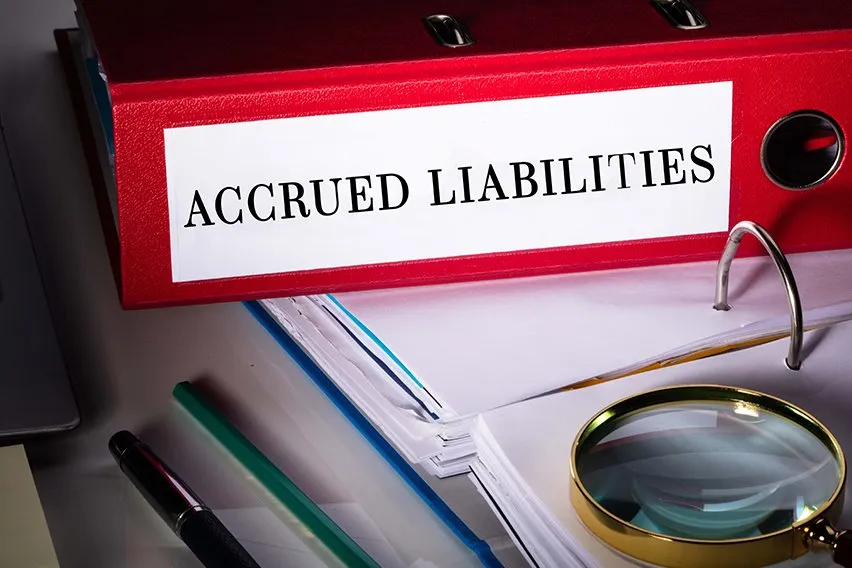 What Are Accrued Liabilities? Definition, Types & Examples
What Are Accrued Liabilities? Definition, Types & Examples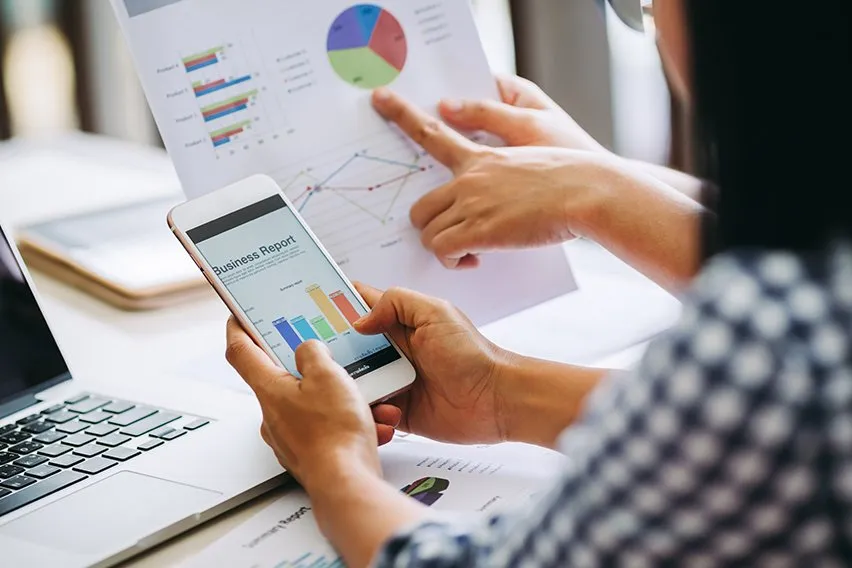 How to Do Cash Flow Analysis? The Ultimate Guide
How to Do Cash Flow Analysis? The Ultimate Guide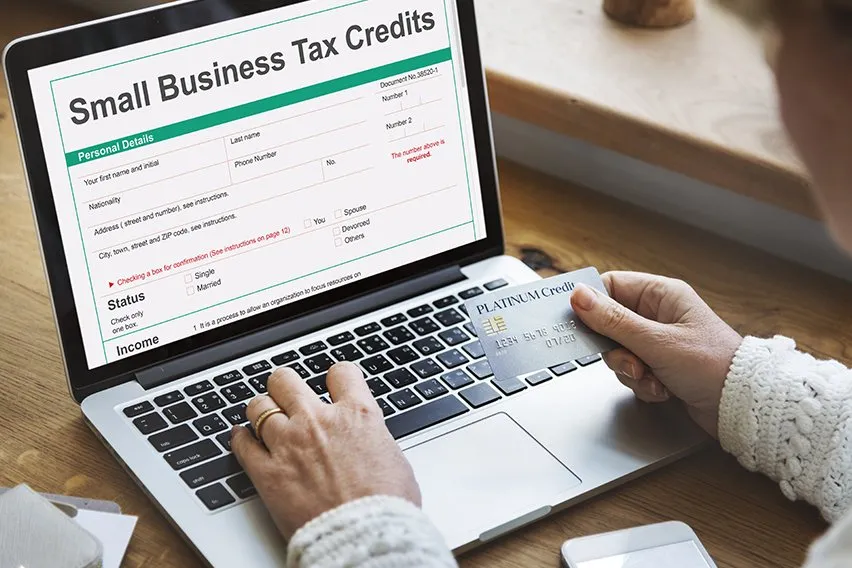 Small Business Deduction: Understand What You Should Know
Small Business Deduction: Understand What You Should Know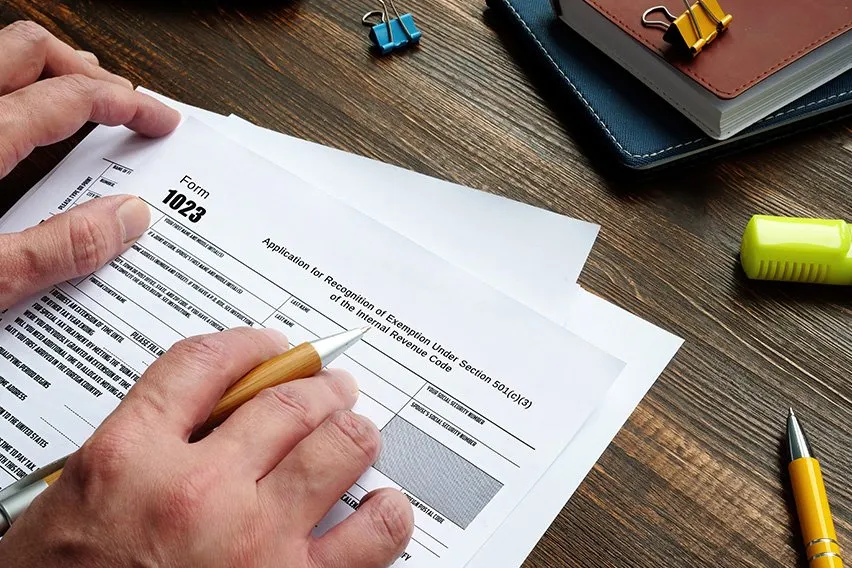 Tax Exemption Requirements for Organizations
Tax Exemption Requirements for Organizations How Much Cash Can You Deposit?
How Much Cash Can You Deposit?